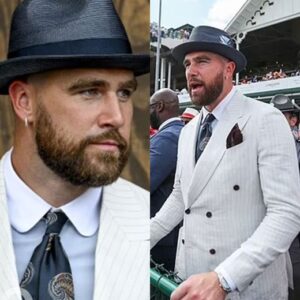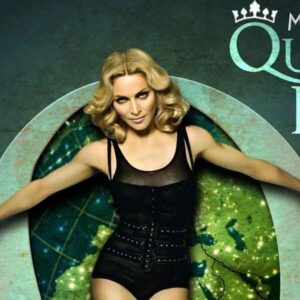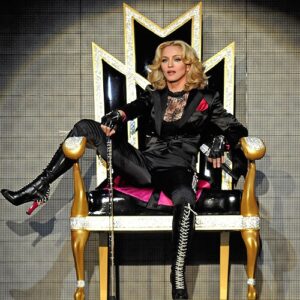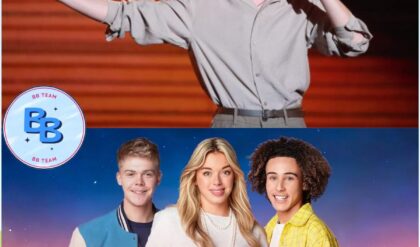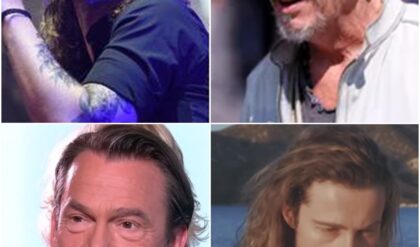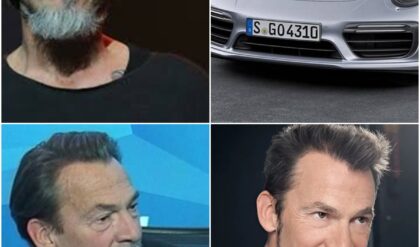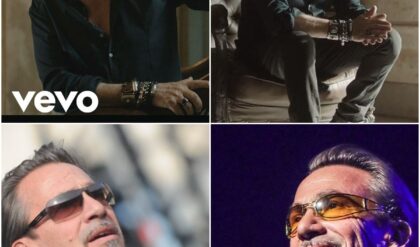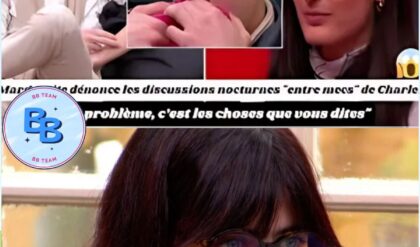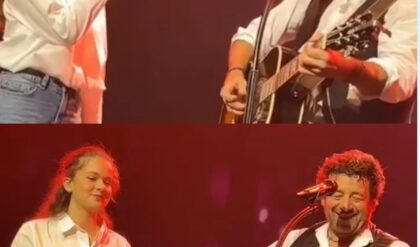“Thank you for allowing me to be the first black woman to headline Coachella.”
Those words from Beyoncé, uttered midway through her festival-headlining performance Saturday, were less a humble show of gratitude than a declaration. She interspersed her historically-black-college-themed performance — complete with drum line, majorettes and step-dancing — with a Destiny’s Child reunion and cameos by her sister Solange and husband, Jay-Z.
Thanks to the Coachella livesteam, which repeated the performance Sunday for those who may have missed the initial concert, people all around the world could watch along. It became a major cultural event, rivaling her 2016 Super Bowl halftime performance.
While Beyoncé intended to entertain the live audience in Indio, Calif., the performance was clearly also meant to thrill people watching from afar.
Coachella has come to be known for an easygoing, boho aesthetic, with the stereotypical Coachella attendee a drunk white hipster wearing a Native American headdress and loads of glitter. On Friday, Vince Staples referred to the main stage as “the white people stage,” telling the crowd, “I know y’all don’t know who I am cause none of y’all look like me, but I don’t give a [expletive].”
By Saturday, Beyoncé claimed that space as her own — a DJ announced this was officially “Beychella.”
For her “Lemonade” tour, Beyoncé had elaborate set designs, featuring pools of water and video screens that breathed out actual fire. At Coachella, her backing of more than a hundred musicians and dancers in yellow and black, many wearing berets and placed in a pyramid formation on bleachers, was just as spectacular.
Beyoncé had basically created her own HBCU: the University of Beyoncé. The school colors: yellow and black (the yellow, a theme from her album “Lemonade,” is also the color of her Beyhive horde of fans). The fraternity brothers’ clothes bore the same Greek letters as Beyoncé’s cropped sweatshirt: BDK, or Beta Delta Kappa. The B and K probably stand for Beyoncé Knowles, while the Delta may be an allusion to her favored number, four.
Beyoncé at Coachella. (Larry Busacca/Getty Images for Coachella)
She had reimagined some of her biggest hits as marching-band renditions that could upstage any HBCU halftime show (the backing musicians included former members of Florida A&M University’s band, and the drum line was formally introduced as the only one presented by “Queen Bey” and “guaranteed to show up and show out.”) There was elaborate step-dancing. There was even a mock probate, a coming-out ceremony for Greeks at HBCUs.
Beyoncé sang “Lift Every Voice and Sing,” commonly known as the black national anthem. She played snippets of a Malcolm X speech (“The most disrespected person in America is the black woman,” the crowd at Coachella heard the slain leader say). She even managed to throw in lyrical dancers performing to Nina Simone’s “Lilac Wine.”
Later in the show, Beyoncé transitioned to some of her more traditional performance attire (sparkly and formfitting leotards and knee-high boots). Destiny’s Child members Kelly Rowland and Michelle Williams joined Bey on stage and performed the trio’s “Say My Name” and “Soldier.”
Jay-Z showed up for “Deja Vu.” Solange danced alongside her sister to “Get Me Bodied.” Les Twins, a dancing duo, appeared throughout. For “Drunk In Love,” Beyoncé stood alone atop a cherry picker and serenaded the audience.
While Beyoncé was the first black woman to headline Coachella, other black performers have graced the main stage, including in 2010 when Bey made a cameo during Jay-Z’s headlining set. She had also been scheduled to perform at the music festival in 2017.
On Saturday night, she told the audience, “I am so happy to be here. I was supposed to perform at Coachella before, but I ended up getting pregnant, thank God,” referring to her pregnancy with twins, Rumi and Sir Carter. “This is a very important performance for me tonight. I’m happy to be back on stage.”
Share this articleShare
She then went on to explain a bit of the genesis of the grand show.
“I had time to dream and dream and dream with two beautiful souls in my belly, and I dreamt up this performance” she said. “And this is more than I ever dreamt of it being. And thank you guys for sharing this with me. I hoped you all enjoyed the show. I worked very hard.”
The hard work showed in her fierce dance moves, sweat dripping down her face and, yes, in the control of her vocals in the midst of her P90X-level performance. It also showed off in her creativity to celebrate and pay homage to something so integral to the fabric of black American life and history, in the least likely of places.
News
Travis Kelce arrives for Kentucky Derby without Taylor Swift as dapper Chiefs star rocks white suit and black top hat… before celebrating a big win!
Travis Kelce is in the house for Saturday night’s Kentucky Derby, but there’s no sign of girlfriend Taylor Swift. Kelce, who attended a pre-Derby gig in Louisville with ex-NBA star Chandler Parsons on Friday night, rocked up at Churchill Downs for the big race…
Madonna the Legend of music known as Queen of pop, her early life and her achievements
Madonna often addressed as the ‘Queen of Pop’, is one of the most mainstream global craftsmen. She was naturally introduced to a Catholic family and her mom was a staunch devotee of her religion. After the downfall of her mom…
Madonna: Queen of pop music and ultimate fashion icon
She’s had so many hits! Madonna’s reign as the Queen of Pop has been undisputed since she burst onto the scene in the 1980s. The superstar is continuing her incredible ‘Celebration’ tour, where she brought Kylie Minogue on stage, to perform a couple…
Tina Knowles, Beyonce’s mother, is back for another red carpet at Kentucky Derby 150.
The mother and daughter both wowed in a custom bodysuit, and the Beyhive is buzzing with compliments. By Chrissy Callahan and Ariana Brockington Beyoncé and her mom, Tina Knowles, are so close that they share the same designer looks. Tina Knowles recently attended…
Despite not releasing an album in 9 years, Rihanna becomes the first female artist to have 15 songs surpass 1 BILLION streams each on Spotify.
She’s made history despite releasing little new music since her last album in 2016 Rihanna has become the first female artist to have 10 songs reach one billion streams each on Spotify. The Barbados-born singer has achieved the feat despite releasing little…
PAIGE SPIRANAC delighted fans with her latest social media post.
The golf influencer loves to upload snaps of herself from various courses around the world. 28 Paige Spiranac posed in a figure-hugging black dressCredit: https://twitter.com/PaigeSpiranac 28 Fans love Paige’s social media contentCredit: Instagram @_paige.renee 28 Paige has nearly four million Instagram followersCredit:…
End of content
No more pages to load

